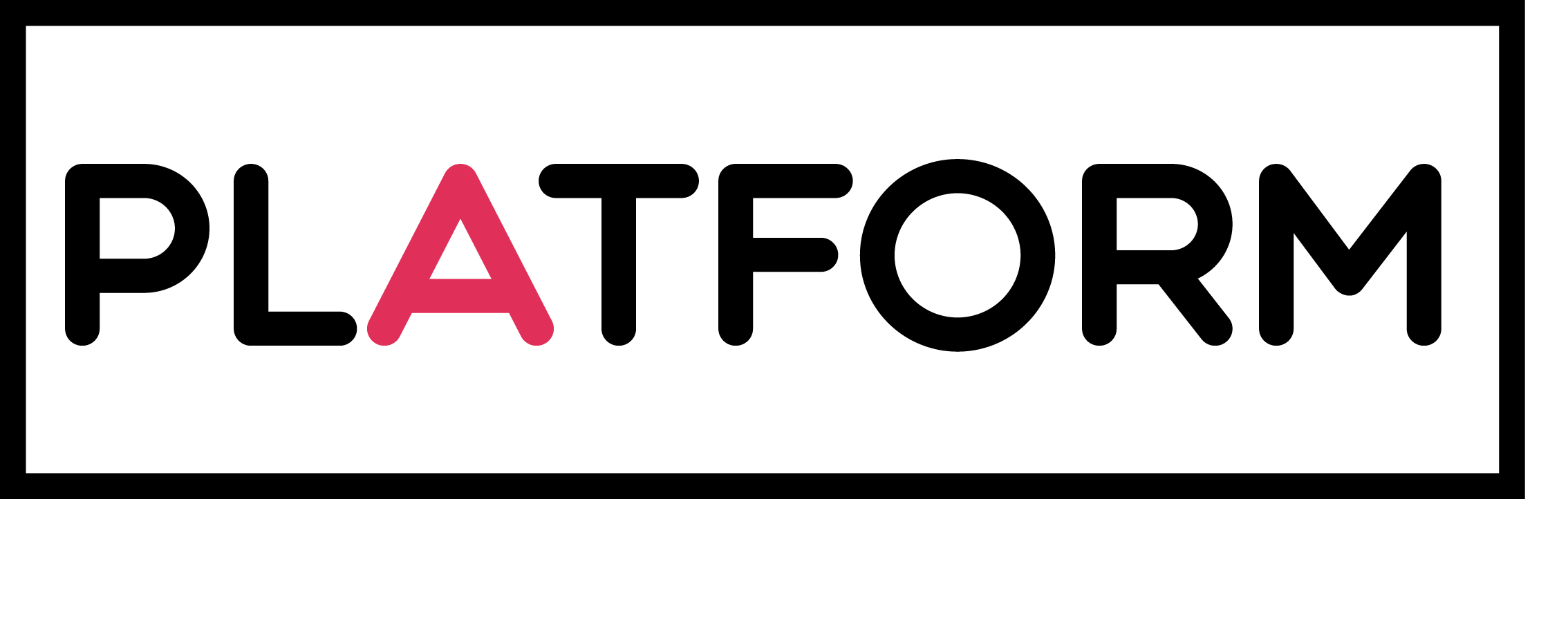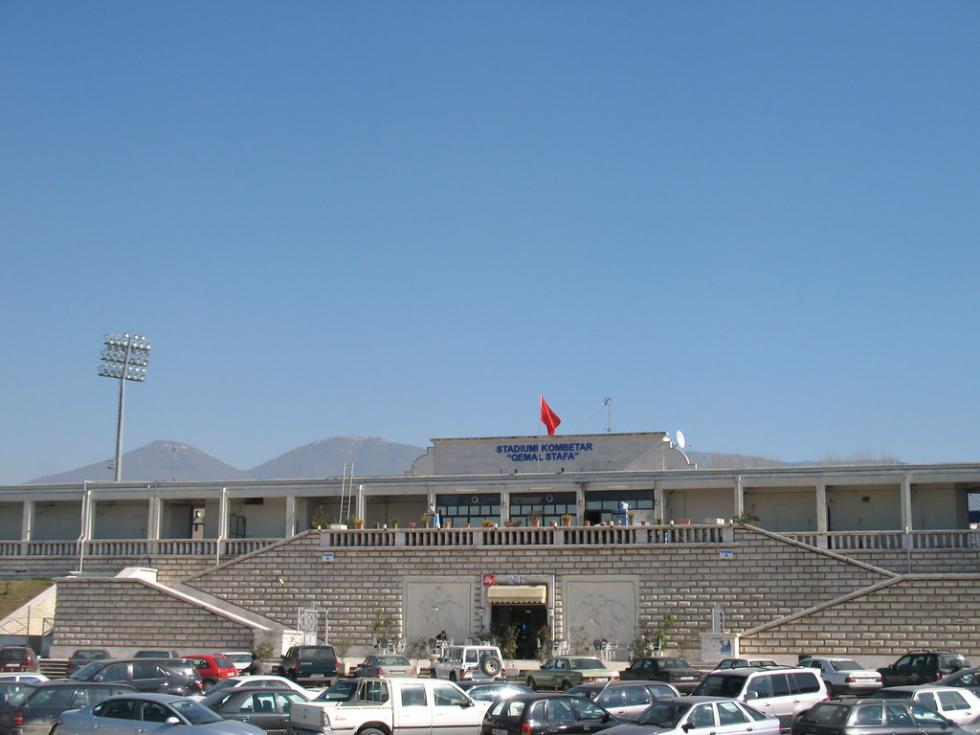Report State capture by private interests is not a new phenomenon in Albania, but never in its short history as a semi-democratic country have public money, assets and space been given away in such a blunt way, with nothing in it for the citizens. This will be the first of a three-part series of articles to help the reader understand exactly what happened and how.
State Capture: The case of the Tirana National Stadium
State capture by private interests is not a new phenomenon in Albania, but never in its short history as a semi-democratic country have public money, assets and space been given away in such a blunt way, with nothing in it for the citizens.
In this article only the last instance will be covered, illustrating it in detail with three cases that have ravaged and divided public opinion in Albania in the past years: the case of the national stadium, the National Theatre and what has been called “The Law on Strategic Investments”.
What all three of these cases have in common is that, by applying shady procedures, the Albanian government has been giving away valuable public land to private developers, by either bending existing laws or creating special ones, disguising them as Public-Private Partnerships and justifying them with the lack of public money to undertake the works itself.
Even when this claim would prove to be false, the project would be moved forward without so much as a single consultation session with the citizens.
This will be the first of a three-part series of articles to help the reader understand exactly what happened and how.
THE NATIONAL STADIUM
Before the citizens of Albania could be notified one very hot mid-August day in 2016 by their Prime Minister that the National Stadium was demolished to make room for a brand new one, by posting a picture of it on his Facebook profile, a few things they were not aware of had happened.
The National Stadium “Qemal Stafa” was a protected monument of culture and part of the grand complex that is the center of Tirana.Yet, because its conditions had been degrading for years, the previous Berisha government tried to find a solution to have it restored and rebuilt.
In 2011, a dubious agreement was made between the government and the Albanian Football Federation to build it by joining efforts to create what they labelled a public shareholder company, eventually calling it the Red and Black Sport Center (QSKZ), with the Federation holding 75% of the shares of the company and leaving only 25% ownership to the state. This made it, de facto, a private company considering that the major shareholder, the Federation, was a private entity.
The government received none of its 50 million € in exchange from the Federation, nor did this transaction raise the value of its shares in the company.
The mission was accomplished: now, as a private company with the mission to build the national stadium, it was not to be subject to the Law on Public Procurement.
The Democratic Party-led government, however, initially forbade modifications of the use of the stadium, limiting it to sports purposes only. This small obstacle was eliminated with a Decision of the Council of Ministers, which not only made sure to eliminate the limiting clause, but to specify that a part of the stadium was going to be used for private purposes.
They also took away its status as a protected monument of culture.
The Federation opted for its demolition and the construction of a new stadium. To this end, in January of 2016, QSKZ (the largely private company that was created jointly with the government) announced the bid for “designing, demolishing, financing and building the complex of the new national stadium.”
Basically, to find a private company to fund and construct the stadium, instead of investing money they would apply for a Public-Private Partnership scheme, in which they offered to pay the developer in kind, giving away ownership of part of the new stadium, as well as a part of the terrain to build any building, to the developer for its private purposes.
Tender documents required that the winner: design a stadium according to UEFA standards, with a capacity of at least 22,000 seats; eliminate the existing stadium; and build, with its own funding, the new one.
Not only that, but to discourage any international companies from taking an interest in the project, they added that the developer also needed to secure a development permit, something unprecedented.
The project caused an outrage when first announced, because the Football Federation had received 10 million € from UEFA to build the stadium, expecting another 10 million soon for the qualification of the Albanian team in France 2016, and another 10 million to be invested by the government.
Experts estimated the real cost of the building did not exceed 25 million €, which was half the sum with which it was being built.
Contrary to the claims of the current Prime Minister Rama (Socialist Party) that they didn’t have money, the government had invested into two minor stadiums, building them for 5 and 18 million €. The long standing rumor that Rama was using the stadium for his and his friends’ personal benefits started to sound quite credible.
Therefore, it came as no surprise there was only one developer that came forward with a design proposal, Alb-star in cooperation with the italian architecture studio Archea Associati, the former infamous for profiting off most government contracts and the latter for being intimate friends with the Prime Minister. They won the bid, in an unprecedented manner, while presenting only a project idea, rather than the project itself. In fact, other than a few images put together in a video and published by the Prime Minister, they never submitted a proper technical project, as required by the law, with renders offering details of what was going to be built and how.
What gained public attention was the 30-storeys tower that was incorporated into the project as a symbol of the greedy interests behind the affair.
No hearings were ever held, even though the project was going to cause a massive transformation of the area, in a coveted central part of Tirana, affecting directly the businesses around.
No one explained why such valuable public land needed to be given away for good to a private developer, when it could have been given enough time to recover its investment and make a profit.
No one explained how the cost of 50 million € for the project was calculated.
After the National Territorial Council, headed by Rama, released a development permit (which precedes the construction permit), it was discovered that, while publicly the project was sold based on the premise that it was going to be designed by a “starchitect”, it was Atelier 4, an Albanian firm also benefiting from most government contracts, which designed and signed the project.
The protest of experts, citizens and activists demanding access to the full project and to propose alternative solutions to the demolition of the old stadium fell on deaf ears. Not even foreign architects advocating for the restoration of the stadium as part of a cultural complex, important for the identity and the history of Tirana, could sway the government to renounce its demolition.
The reaction of the Prime Minister, who personally relentlessly defended this project, was to convince everybody that they had found the magical solution which would cost the citizens 0 cent and they should not listen to a loud politicized “minority”, but rather “competent people”, meaning his Italian architect friend, convicted in Italy for corruption, who was making a profit simply by lending his name to the project.
It was believed that the construction was going to begin in January 2016. The government was keeping everything under wraps, but the tower became a sensational joke online, despite the government and the media’s efforts to spin the debate away from the fraudulent affair and the countless breaches of the law that gave life to this project.
Other than an image of the new stadium, the public knew nothing of this project and, the little they did know, was discovered by the very few professional media. The government kept repeating that the “privatization” of the stadium was a tale, without ever revealing how much of it was going to be given to the private developer for investments and how much the Football Federation was going to keep.
It was Arben Dervishi, a representative of the AFF appearing in the Opinion Talk Show on April 26, 2016, who clarified that the Federation was keeping only about 12 thousand square meters of the entire 90 thousand square meters of the construction area. This meant that the private company, which would build the stadium, would became de jure and de facto the owner of the majority of the stadium land, benefiting with nearly 57 thousand square meters.
Because of the outrage this had caused, the government went silent from May to August 2016, choosing to demolish the old stadium without prior notice on August 25th, at the peak of summer season, when most people, including activists who vowed to stop the demolition with their bodies, were in vacation.
Not even its old façade, that Rama promised to preserve, made it.
The construction started immediately, without a construction permit, and the fastest to be built was the tower which is going to be used as a commercial center, with other areas to serve as office space for rent.
The next article is going to delve into how the Rama government, with a similar, yet distinctive, method, gave away the land on which the Albanian National Theatre lies to a private developer, upon the request of the latter, so that a new theatre could be built upon a small area of the land, giving away the rest to the developer.


